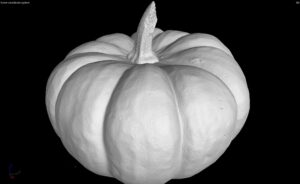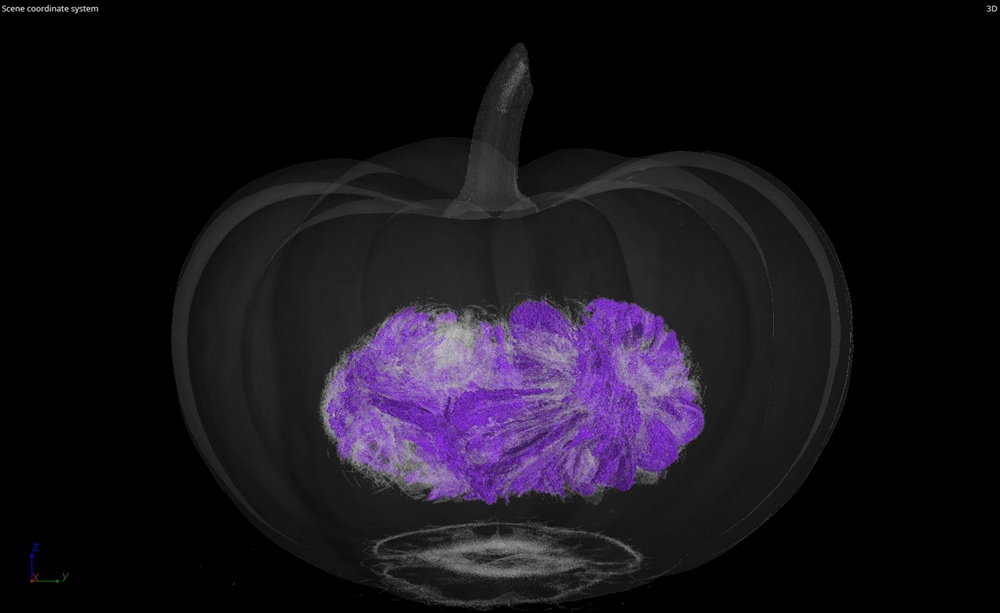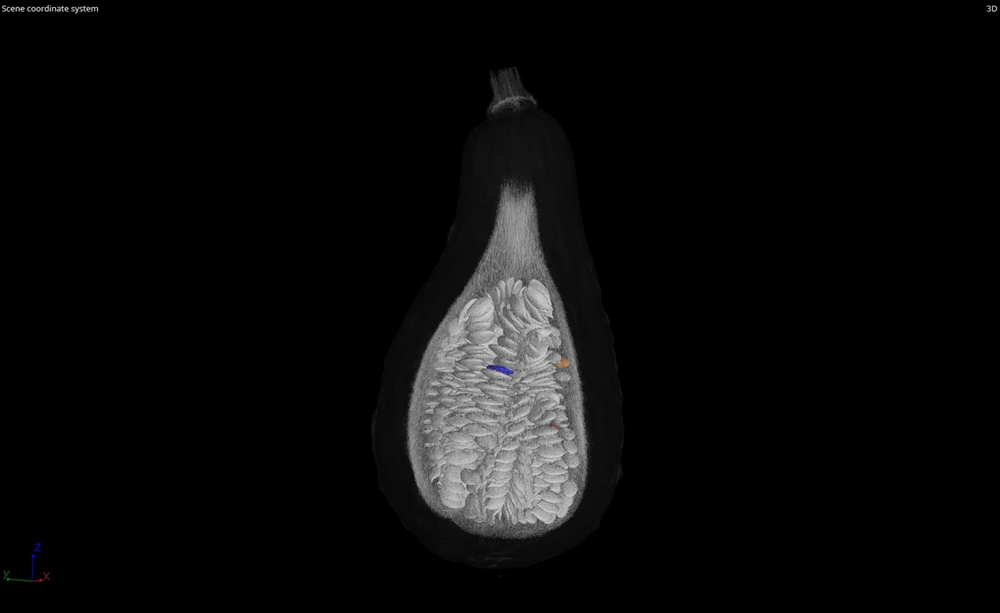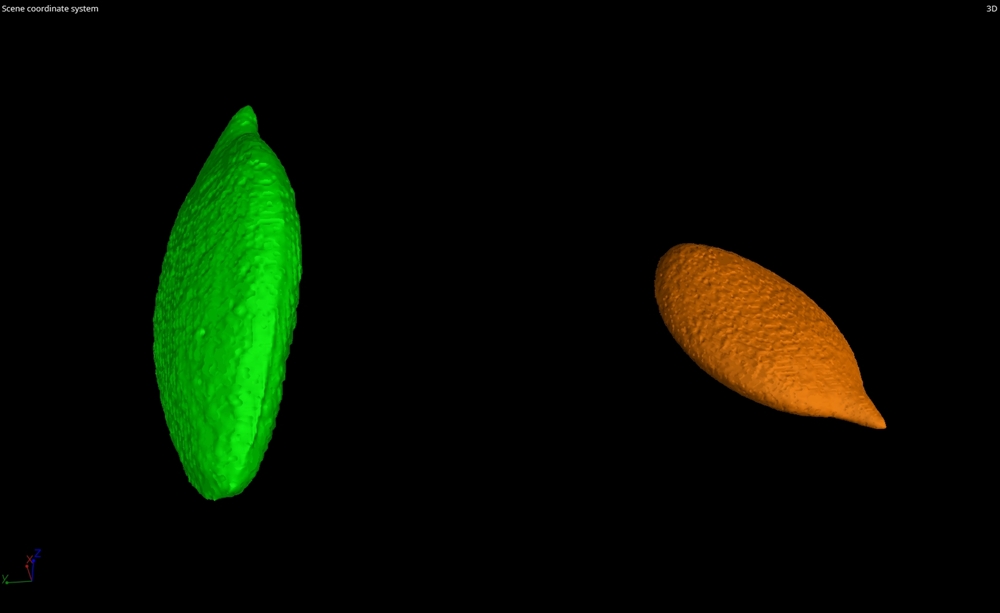Have you ever seen the inside of a pumpkin? Of course, you have! Every Halloween people slice open pumpkins and remove the innards which creates a perfect viewing angle for which to see inside. But, what if I told you it was possible to look inside a pumpkin without having to cut into it?
No, this is not some sort of black magic, but the power of science! With the advancement in technology, this very thing has become a reality. That technology is called CT Scanning.
Non-destructive CT scanning has a number of different applications. Here at Castem, the applications we use the most are dimensional inspection, defect analysis, reverse engineering, and archiving. Today’s scan showcases all these except dimensional inspection.
Using our Nikon MCT225 machine, we’ve taken a dive into everyone’s favorite (or overdone) squash, as well as a traditional gourd. Thanks to the machine’s micro-focus high resolution, we have explored the internal geometries of the spooky veggie down to microns without even touching it. The scanner takes thousands of X-ray images in 360 degrees around the object and reconstructs them into a full 3D image.
To see what we mean, take a look below. This is an example of archiving, as the original pumpkin has long since rotted away, but it remains here, in our computer drives. (Click or tap on the images for greater detail)


Using this non-destructive process, you can take a look inside without the need to cut it open. Below, you can see a cross-sectional image anywhere desired on the X, Y, and Z axes within the object. To those of you who have carved a pumpkin before – does this look familiar to you?
One of the biggest strengths of CT Scanning is that you can actually use the data from the scan to extract specific internal parts of the object.
Here we’ve isolated two seeds from the gourd and highlighted them. Actually, many seeds. If you’re ever trying to play those guessing games where you need to estimate how many candies or objects are in a jar, then CT scanning is the solution for you! Take a guess of how many are in the gourd, and we’ll tell you at the end of the article if you were right.
In fact, the detail is so great we can actually 3D print one of these seeds without ever looking at it. As you might expect, each seed is only about 10 millimeters long, or 3/8ths of an inch for Americans. This may be a slightly unconventional use-case, but it’s a good example of reverse engineering, the second of our CT uses.
Or the air pockets inside the pumpkin flesh. Looking at air pockets in this way is actually akin to looking for voids or other internal defects in molds and other metal parts.


And while this whole post may not be the most useful to you readers at home, I hope this has captured your interest in scanning a rotting pumpkin to see what rot looks like on the inside the possibilities of CT scanning.
Well, feeling spooky yet? Who knew squash hid so many secrets? Maybe now you want to make a mask out of squash innards, just wrinkly seeds, and fibers. It’s sure to freak someone out. Tune in next time for something new.
P.S. There were 418 seeds.
October 2021




